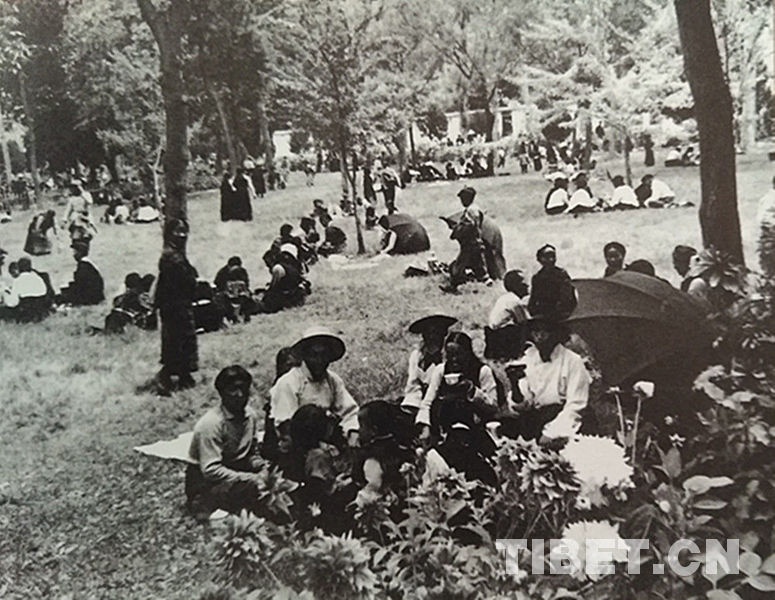Preservation effort helps protect traditional houses
Sonam Tsering, 70, gives a thumbs-up to the washroom and shower in his new home, amenities that he didn't have before.
A traditional village protection project in Tsogo village in Tsogo town, Nyingchi city of the Tibet autonomous region, is contributing both to preserving culture and improving livelihoods.
Surrounded by snow-capped mountains and forests, Tsogo is located 10 kilometers away from the Baksum Co Lake, now one of the region's most famous tourist sites.
With an investment of more than 93 million yuan ($13 million) by the Kongpo'gyada county in Nyingchi in 2018, a new resettlement was built beside the old village, and Sonam Tsering moved to the new area with 106 other households by the end of 2019.
At an average altitude of 3,500 meters and enriched with abundant natural landscape and unique Tibetan cultural resources, Tsogo was accredited as a historical cultural village in 2013, and as a traditional Chinese village by the Ministry of Housing and Urban-Rural Development in 2015.
Thanks to the relocation project, all 63 traditional houses with a history of between 200 and 600 years are now under proper protection.
Tsogo literally refers to "head of the lake" in the Tibetan language, as the air in the village is so fresh and transparent that the snow-capped mountains can be clearly seen from every direction of the village.
Tenzin Dondrub, Party secretary of Tsogo township, said the local government will encourage the villagers to get involved in tourism businesses to generate income.
"The average area of the village's houses was increased from 146 to 228 square meters, equipped with a public plaza and drainage system," he said.
Tenzin Dondrub said the old houses were built hundreds of years ago, and most of them were vulnerable to strong wind and continuous rains, posing threats to lives and property.
Moving out of such houses has helped villagers avoid the risk of damaging the architecture, he said.
To enhance the protection of the traditional village, a cultural relics protection team was set up in the village in early 2019. Each team member is responsible for the protection of three old houses.
Norbu Tsering, a village official, said he was happy about the relocation plan and the measures to protect the traditional cottages.
"The old houses reflect the traditional architectural culture of Tibetan residents, so it's of great value in history studies and traditional cultural exhibition," he said.
By the end of 2018, Tibet had 35 traditional villages enriched with geographical and traditional elements that reflect a particular historical and cultural background as a part of the region's intangible cultural resources.
"With the traditional village and other traditional elements such as songs and dances, tourists can enjoy both the beautiful, heavenly landscape and the local cultures," Norbu Tsering said.
Tibet Stories

Livestreamer showcases beauty of Tibet
Unlike her peers in the city who use trendy cafes, restaurants and shopping malls for their ...

